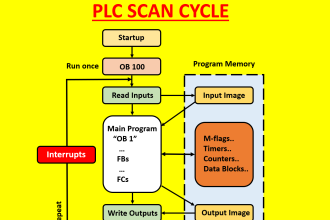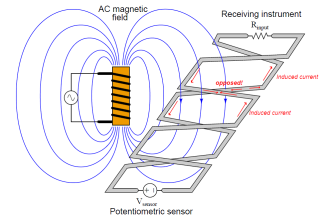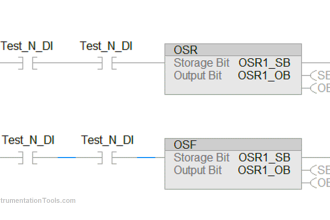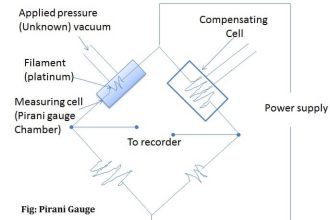Amino-Acid Analyzers Questions & Answers
1. What is the drawback that occurs in using ion exchange chromatography on sulphonated polystyrene resin and colourimetry for amino-acid analysis?
a) Less accuracy
b) Low resolution
c) Inconvenient to handle many individual samples
d) Slow in operation
Answer: c
Explanation: When ion exchange chromatography is used for amino-acid analysis, high accuracy is obtained. It is inconvenient to handle many individual samples and cleaning of glassware is laborious.
2. Which one of the following methods is the most suitable for amino-acid analysis?
a) Gas chromatography
b) Ion exchange chromatography
c) Paper electrophoresis
d) Resin column chromatography
Answer: d
Explanation: Resin column chromatography is the most suitable for amino-acid analysis. Here, ion exchange resin chromatography is followed.
3. Which of the following colour reagents are used in Resin column chromatography?
a) Marquis reagent
b) Benedict reagent
c) Ninhydrin
d) Nessler’s reagent
Answer: d
Explanation: Ninhydrin is the colour reagent used in resin column chromatography. The colour reaction occurs during a known period and controlled temperature.
4. Which of the following amino-acids is measured at a wavelength of 440nm using photometric systems?
a) Proline
b) Alanine
c) Glutamine
d) Valine
Answer: a
Explanation: Proline and hydroxyproline are measured at 440nm. All the other amino-acids are measured at 570nm.
5. In Automatic amino-acid analyzer, the sample containing ___________ of each amino compound is introduced at the top of the ion exchange column.
a) 1 to 10 µmoles
b) 1 to 10 moles
c) 0.05 to 2 moles
d) 0.05 to 2 µmoles
Answer: d
Explanation: In Automatic amino-acid analyzer, the sample having 0.05 to 2 µmoles of each amino compound is introduced at the top of the ion exchange column. Buffer is then supplied to the column.
6. Which of the following cannot be analysed using resin column chromatography?
a) Peptides
b) Amines
c) Amino compounds
d) Components which are ninhydrin negative
Answer: d
Explanation: Components which are ninhydrin negative cannot be analysed using resin column chromatography. Only the components that are nindydrin positive are analysed using this method.
7. Trapped air in pumps of Automatic amino-acid analyzer is eliminated using which of the following ways?
a) Suction pump
b) De-aerator
c) Overcome naturally by pump pressure
d) Using pulse damper
Answer: b
Explanation: De-aerator is used to eliminate trapper air in pumps of automatic amino-acid analyzer. Here, bubble-trap type de-aerator is used.
8. Amino-acids are distinguishable from each other only by one or two atoms in their structure.
a) True
b) False
Answer: a
Explanation: Amino-acids are distinguishable from each other only by one or two atoms in their structure. They are components all proteins and are essential for growth of organisms.
9. What is the drawback that occurs in using gas chromatography for amino-acid analysis?
a) Costly
b) Cannot be used for proteins or polypeptides
c) Slow process
d) Complex in operation
Answer: b
Explanation: Gas chromatography cannot be used for proteins or polypeptides. Further, accuracy is lost while converting amino-acids into gaseous phase.
10. Resin column chromatography does not involve breaking of bonds in amino-acids.
a) True
b) False
Answer: b
Explanation: Resin column chromatography involves breaking of bonds in amino-acids. This causes a delay as acid is eluted through the column by a buffer.















